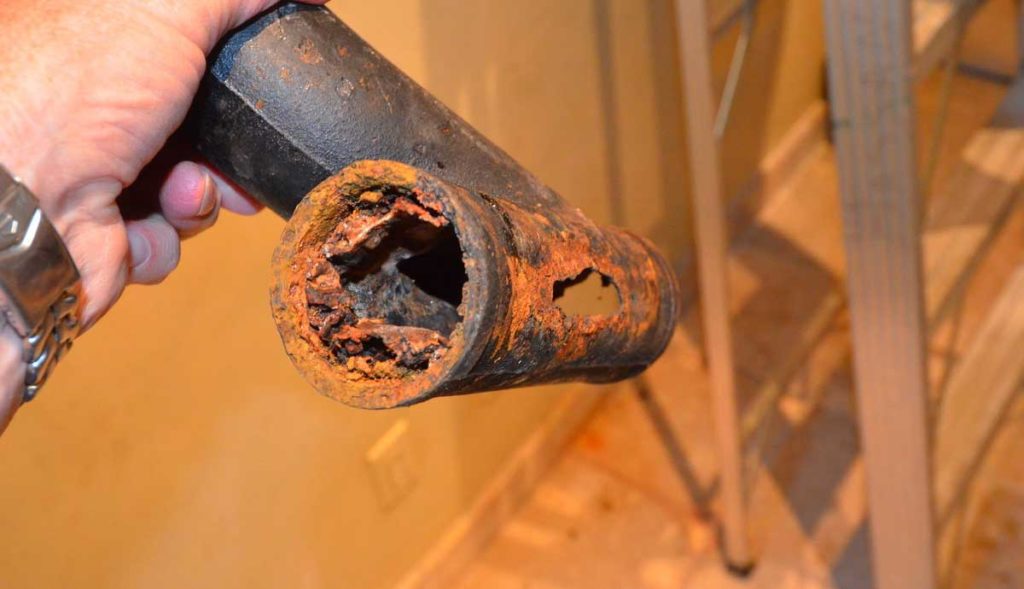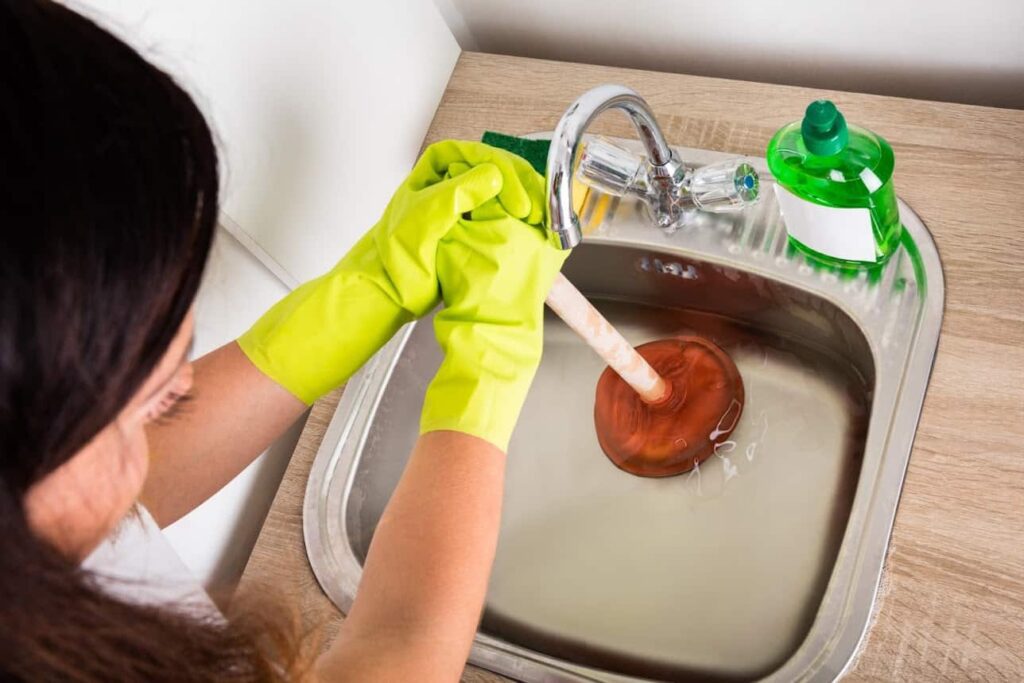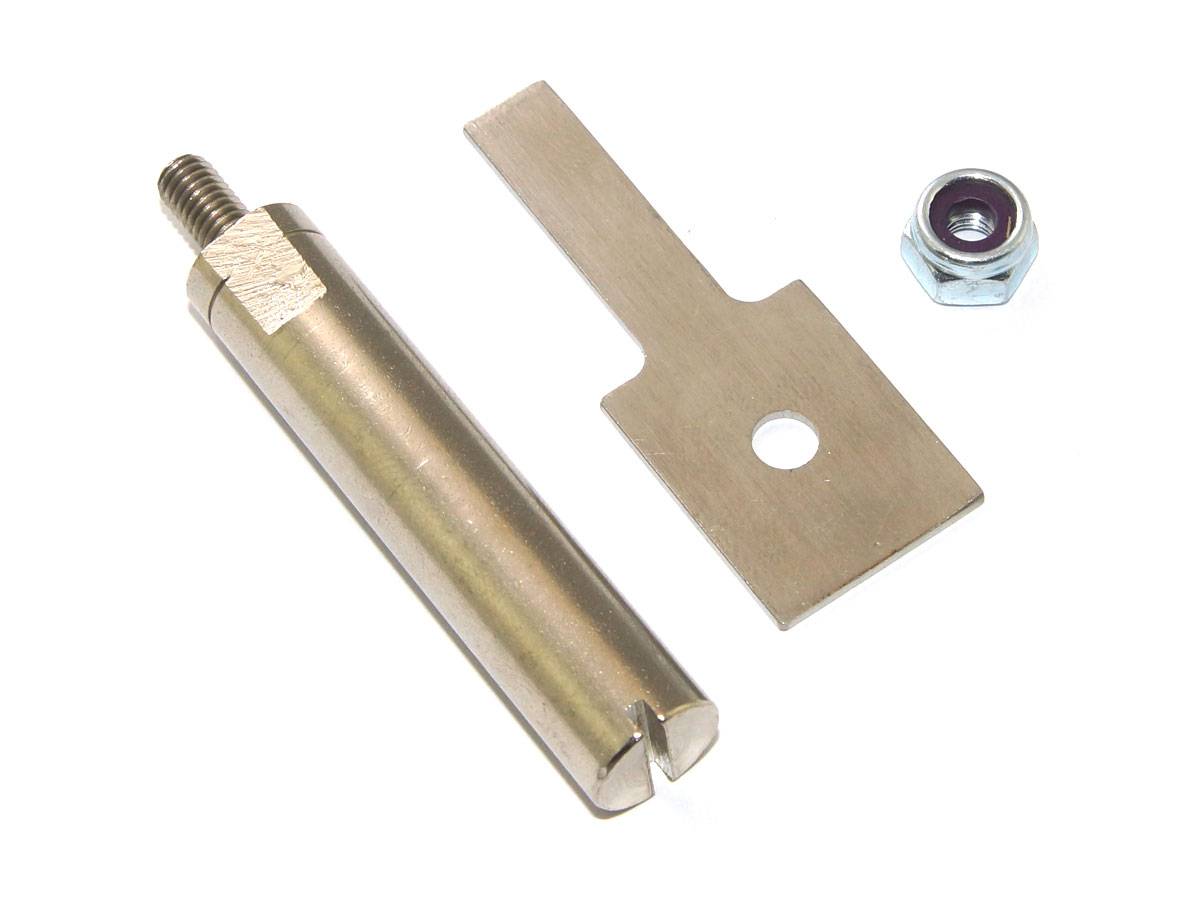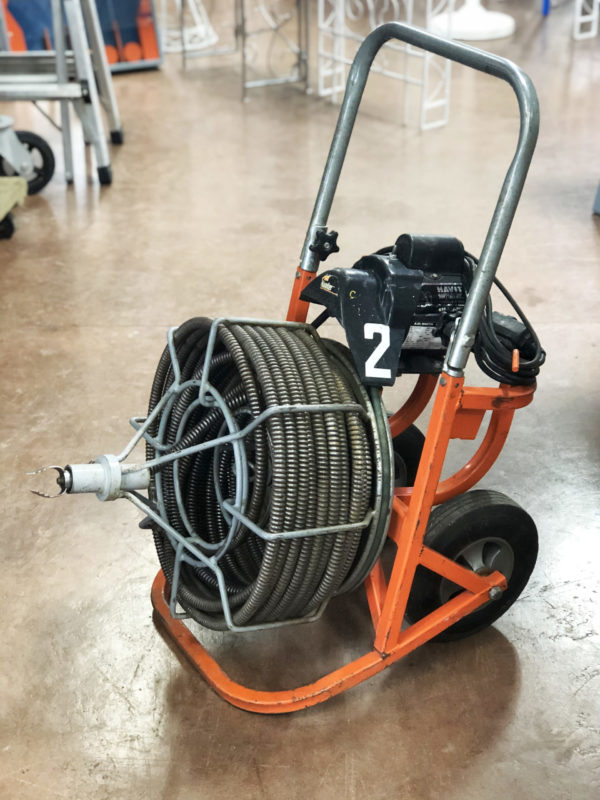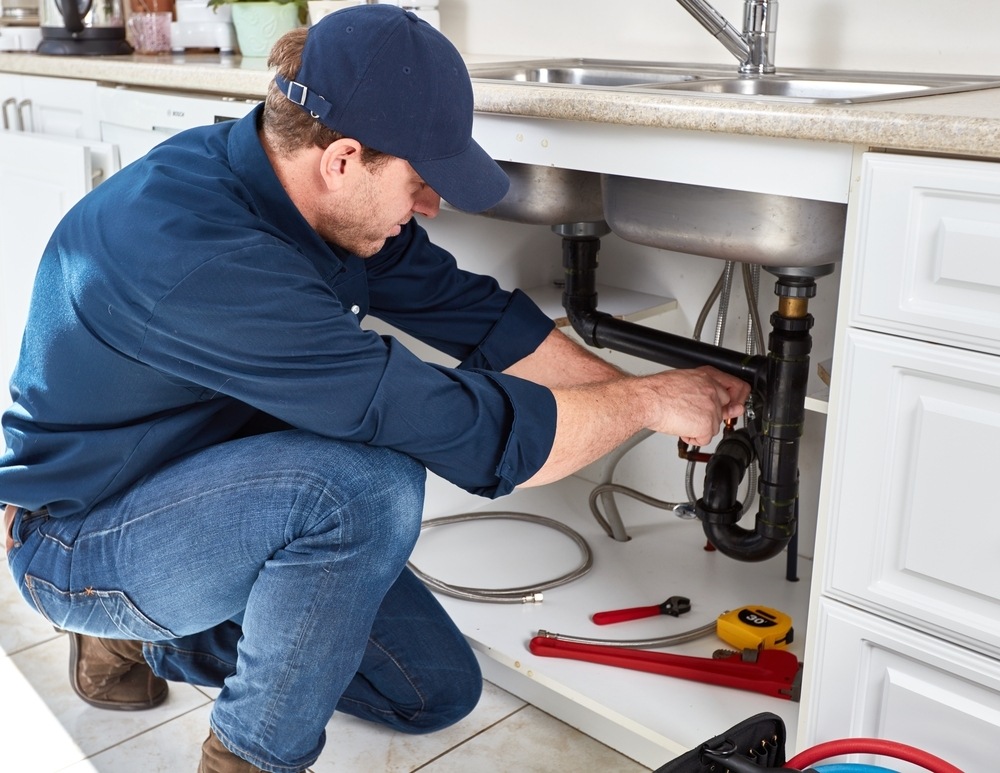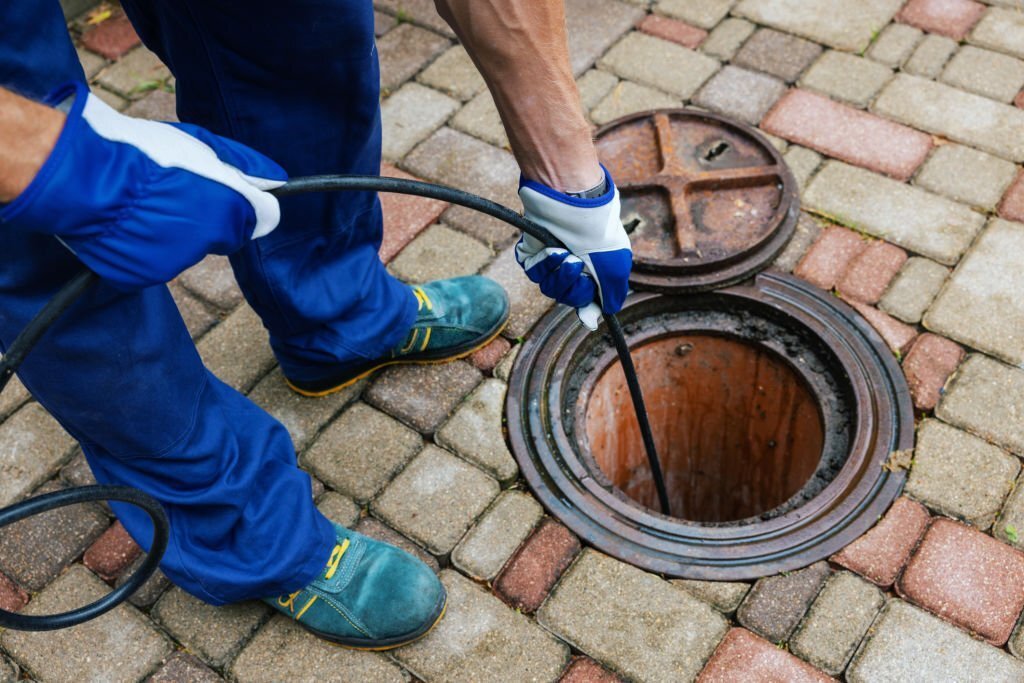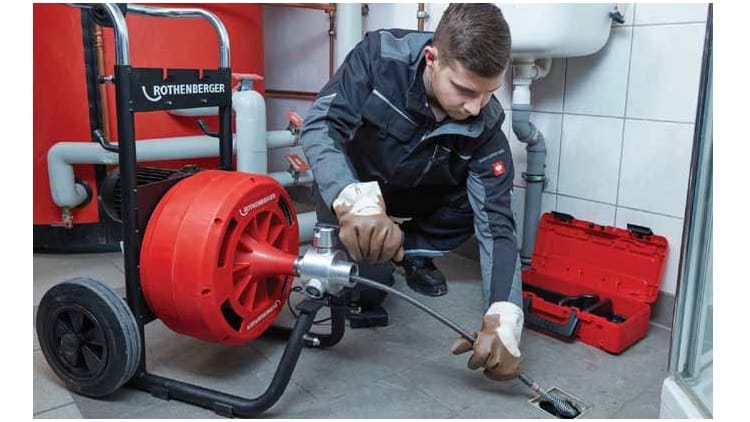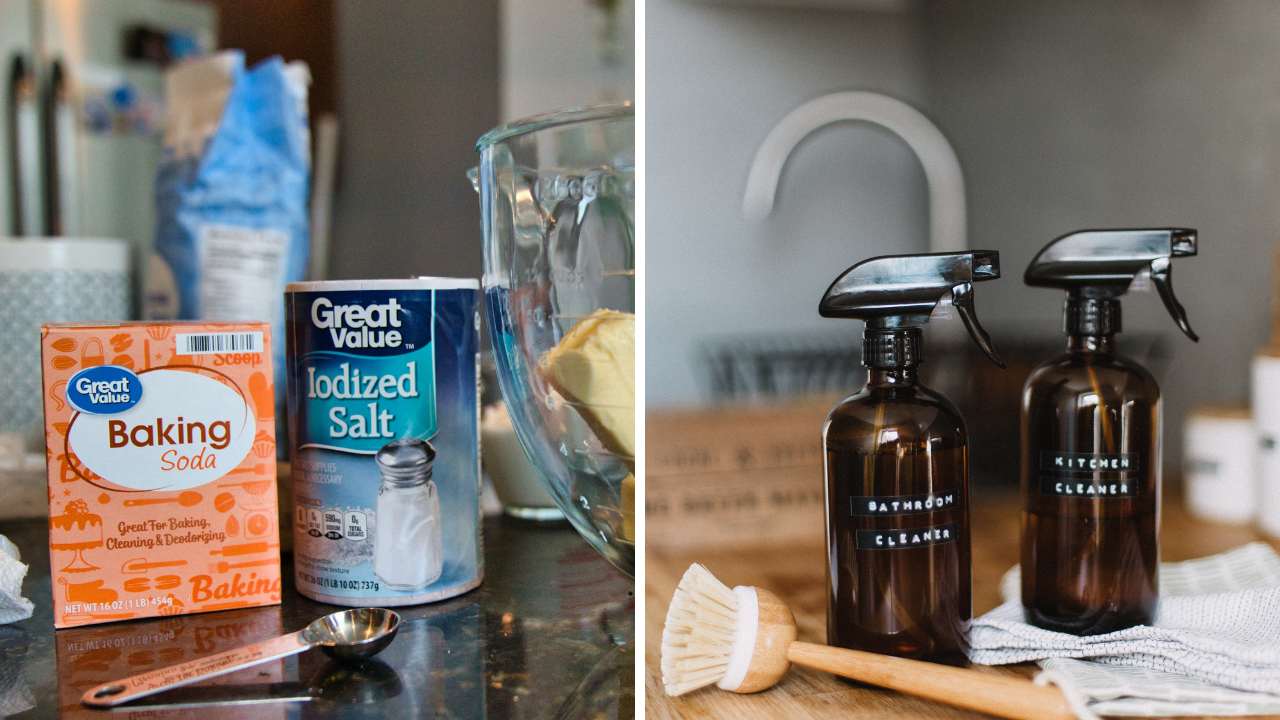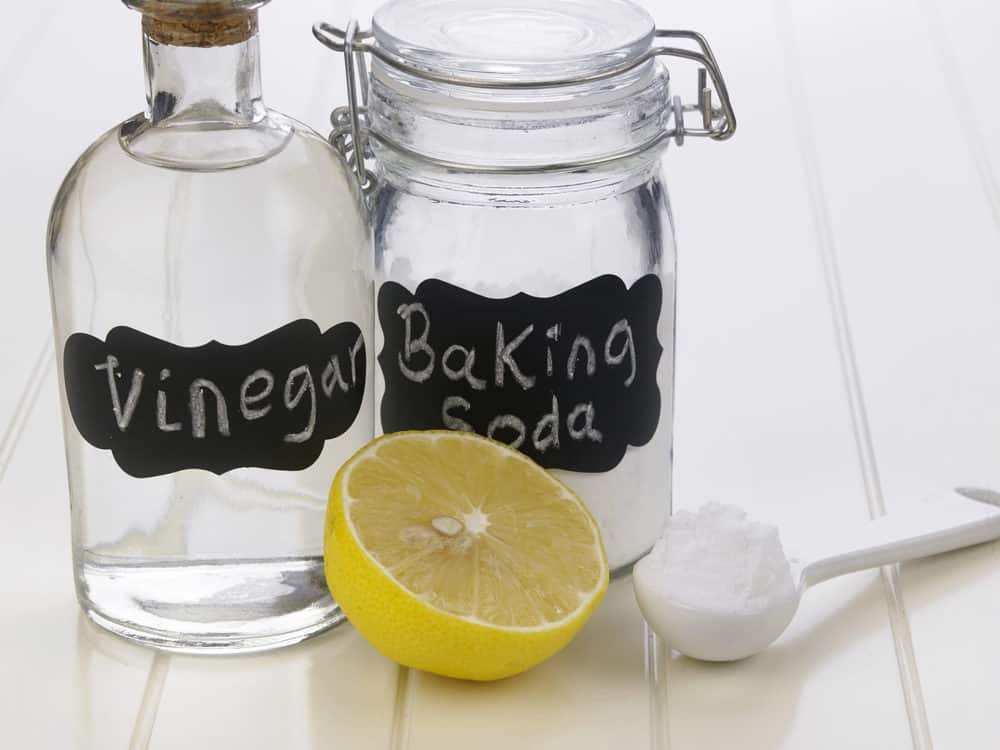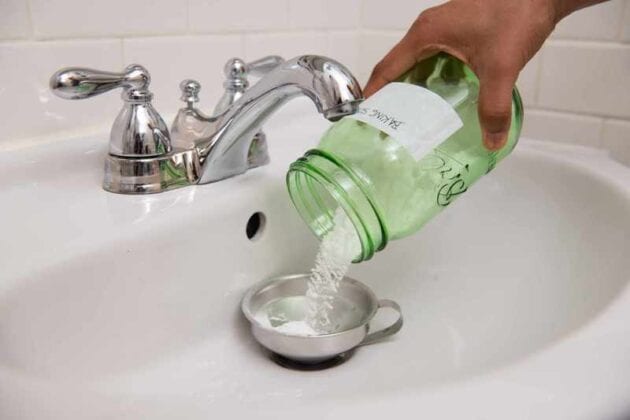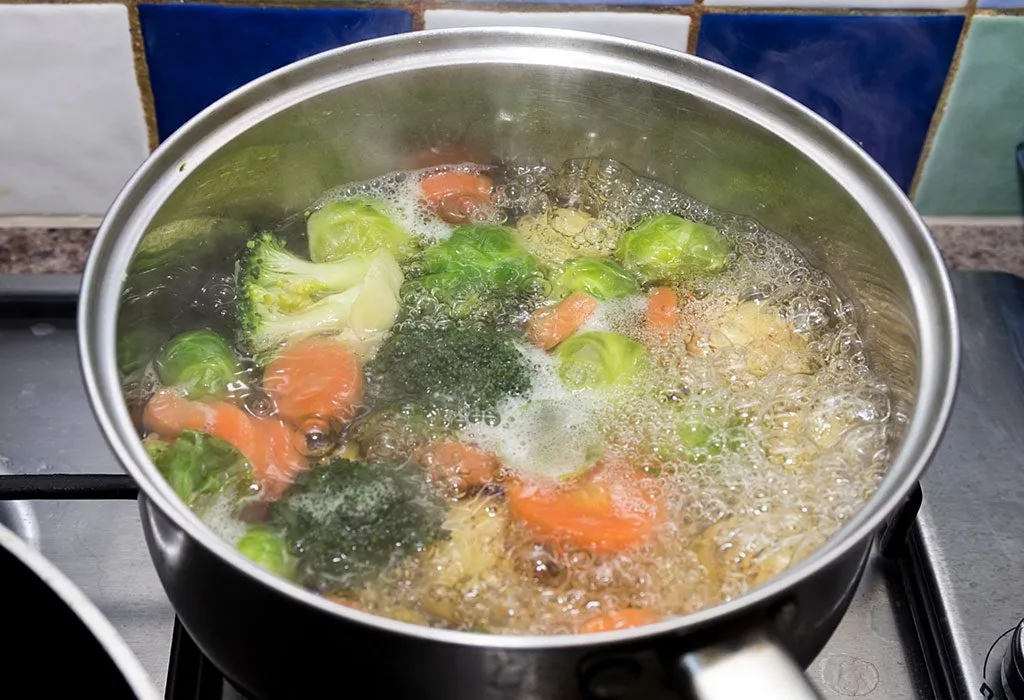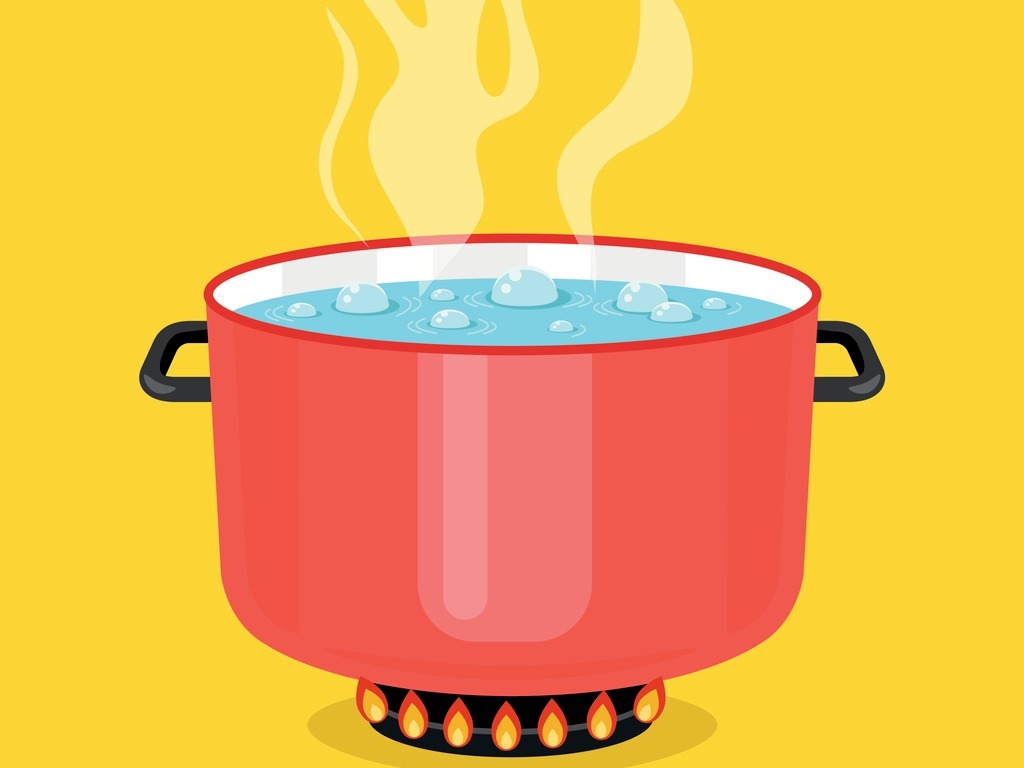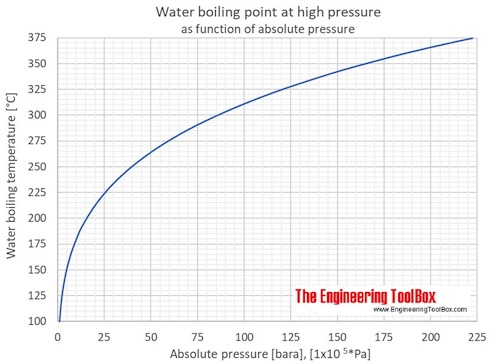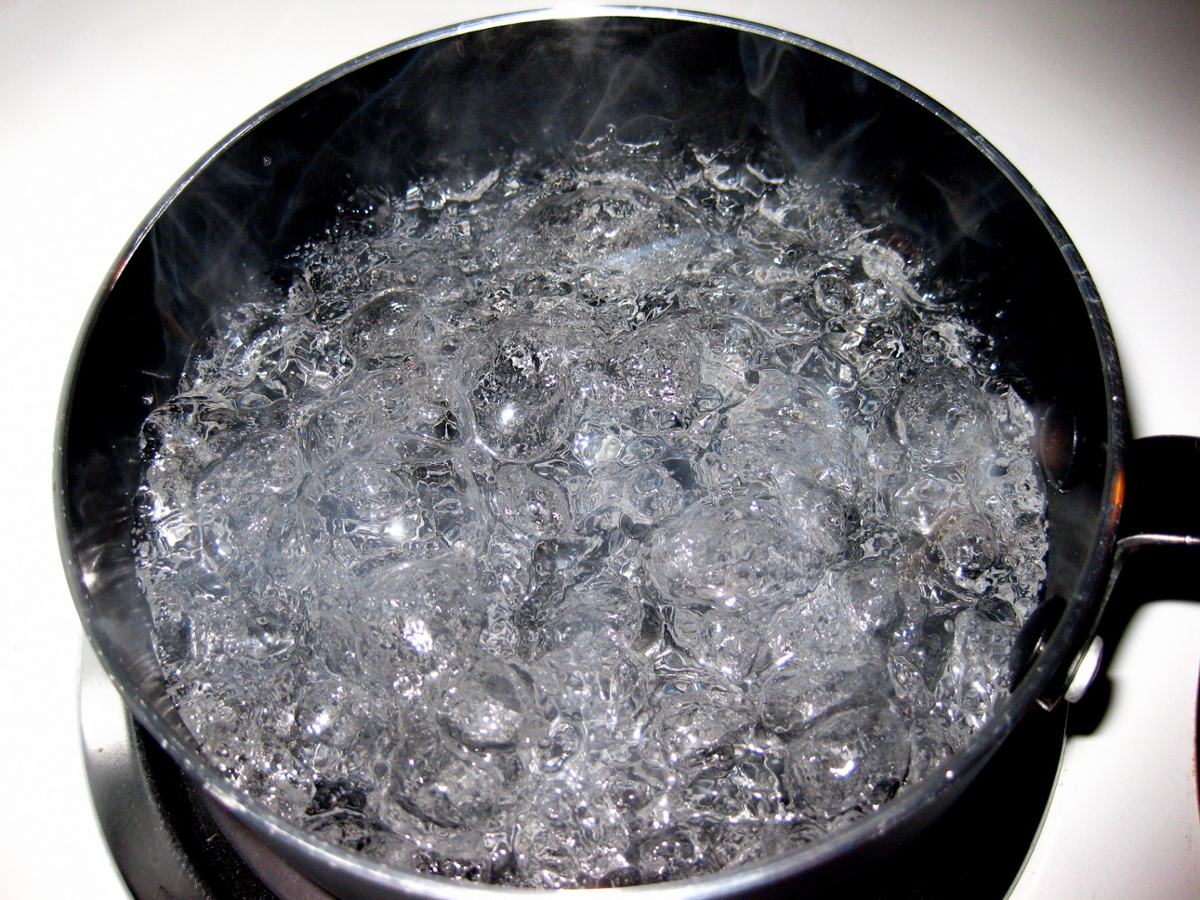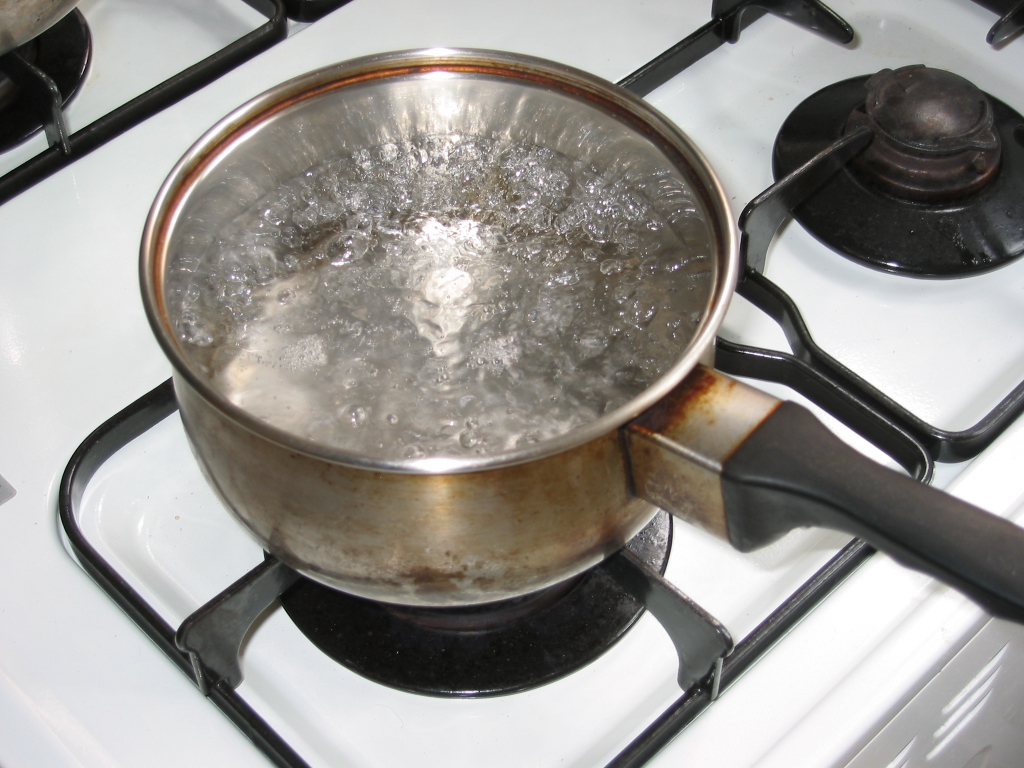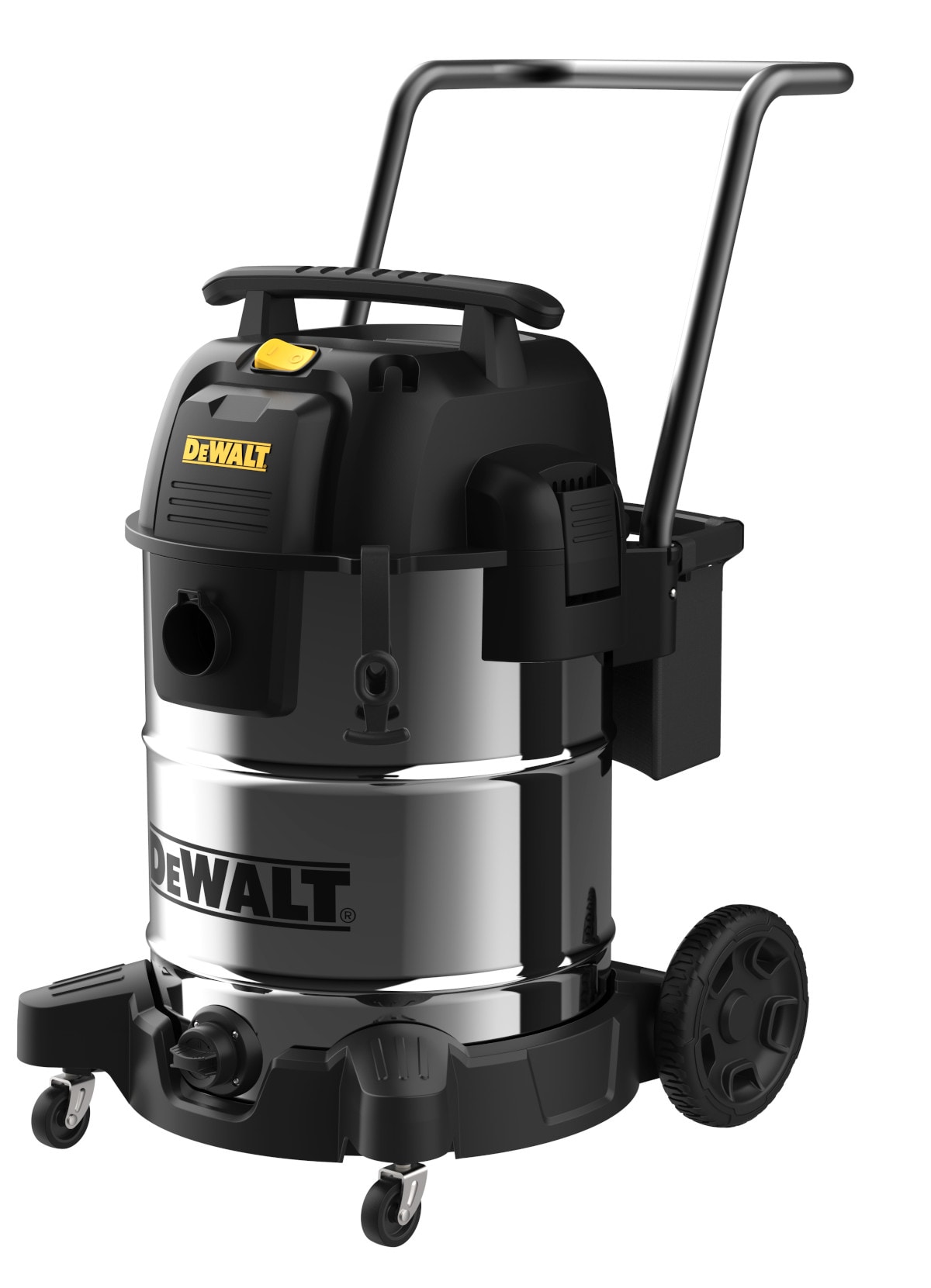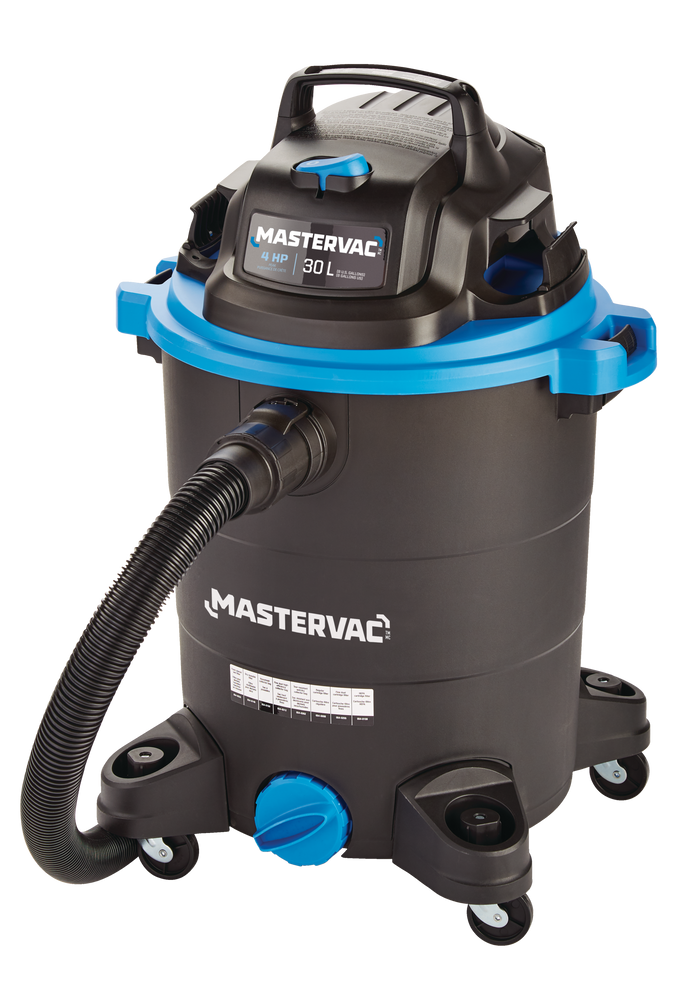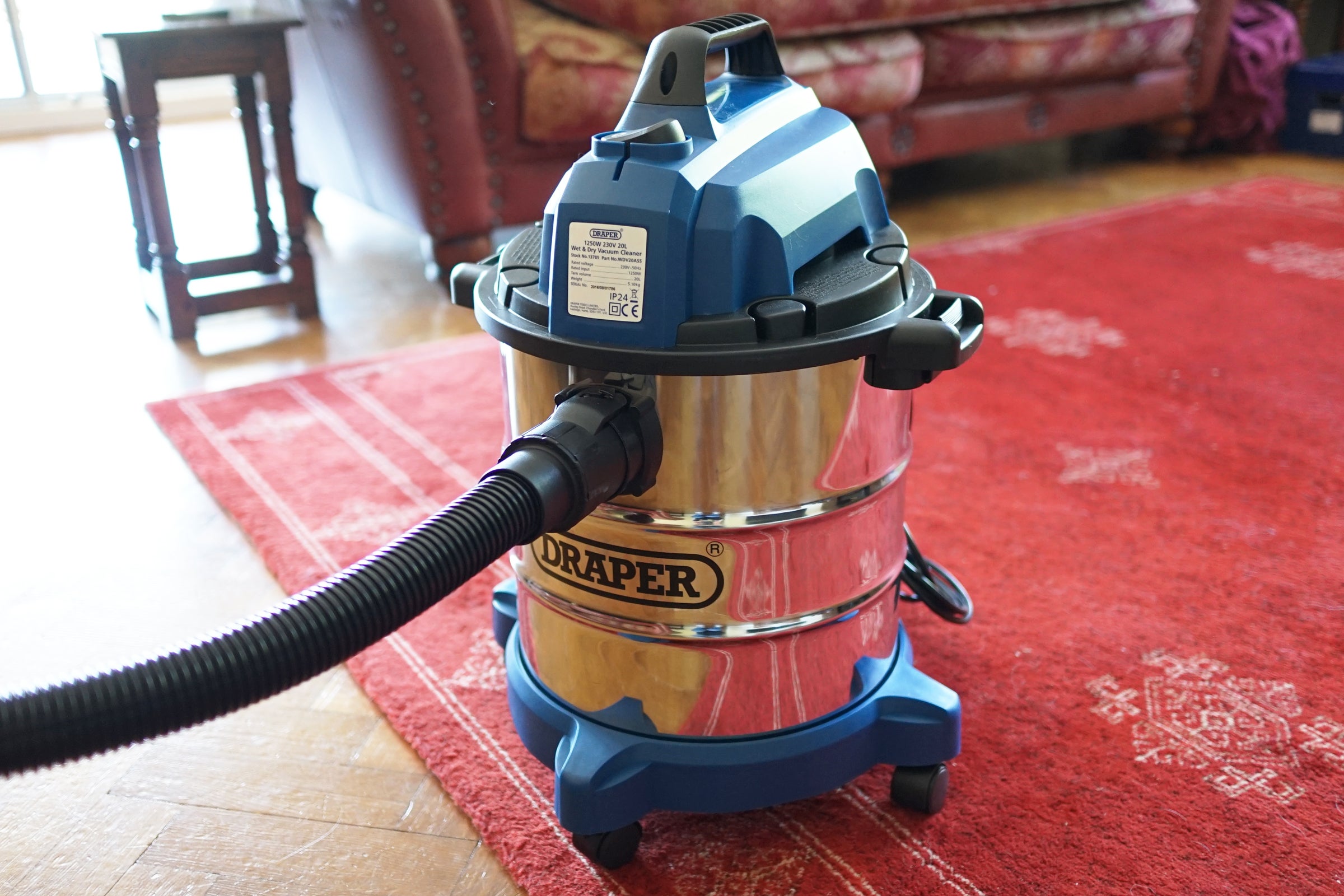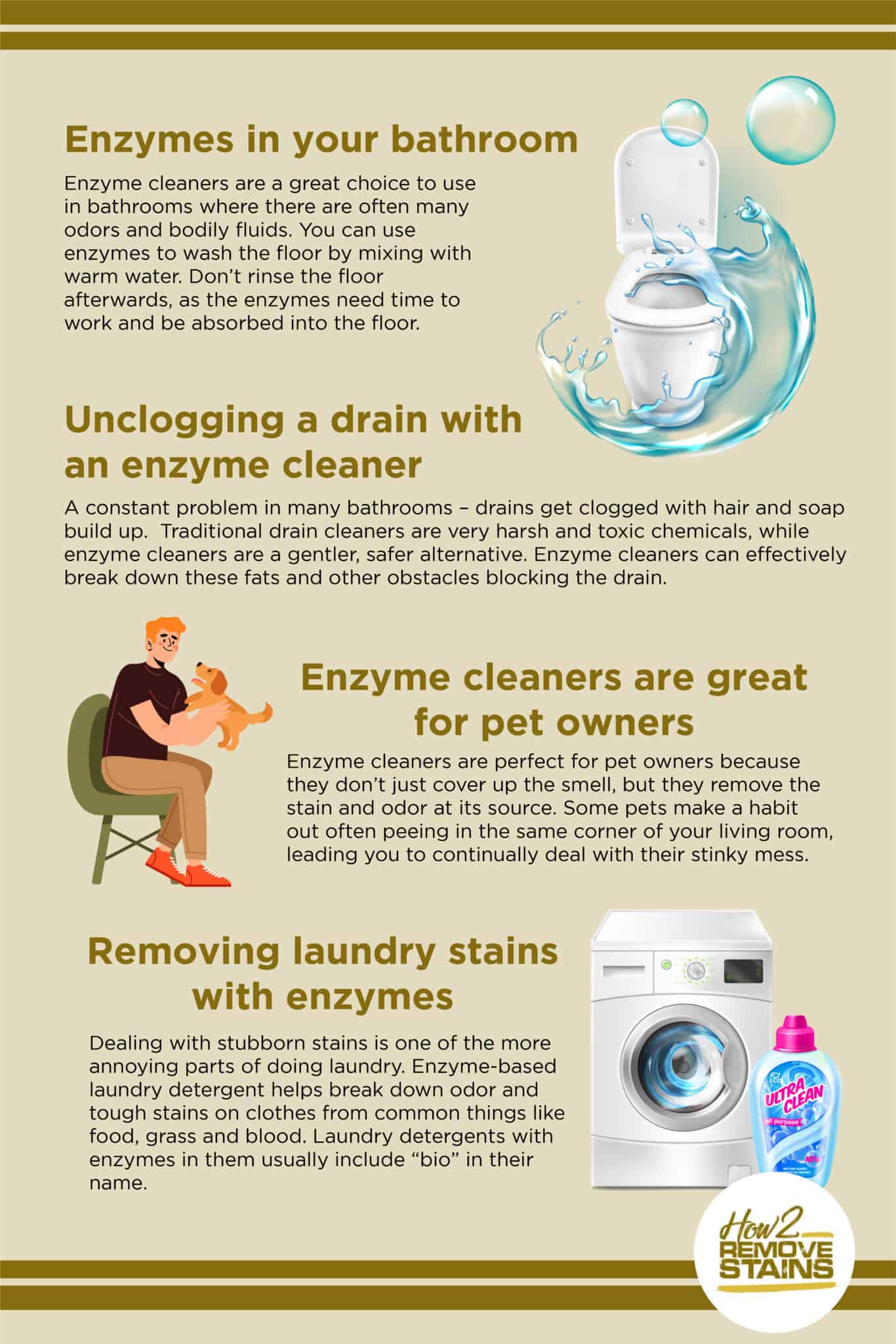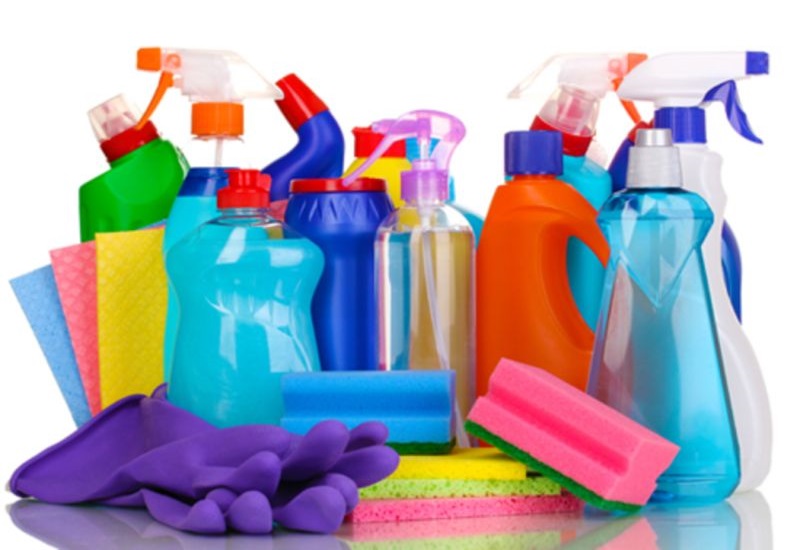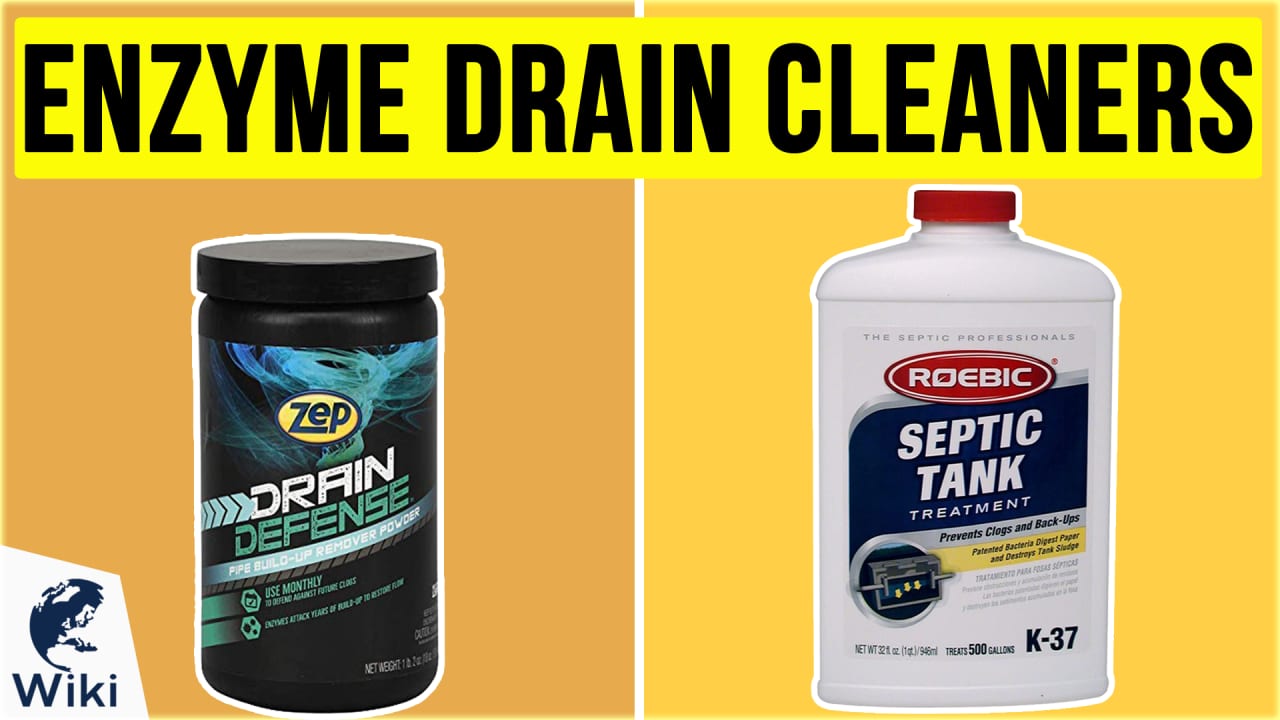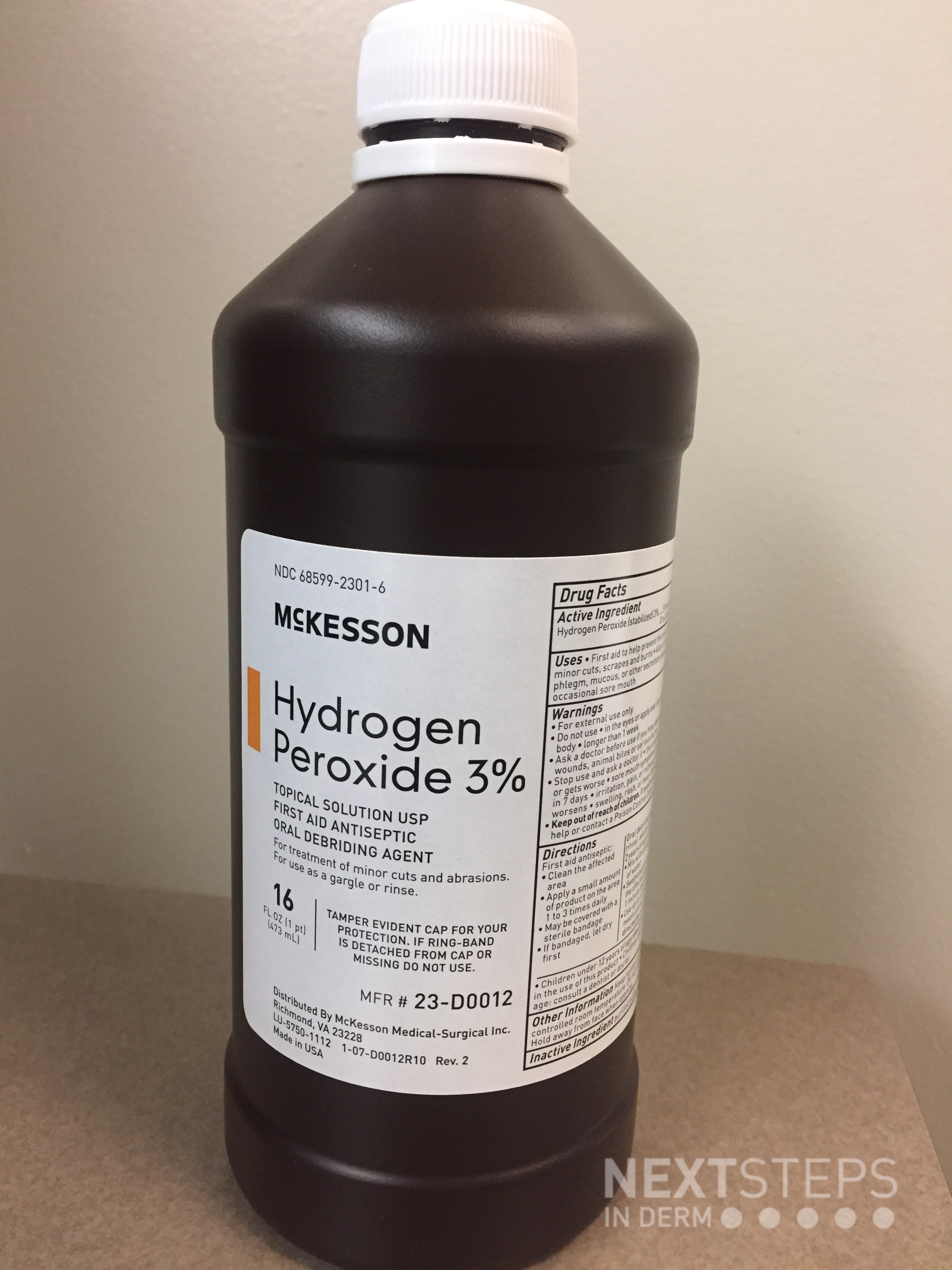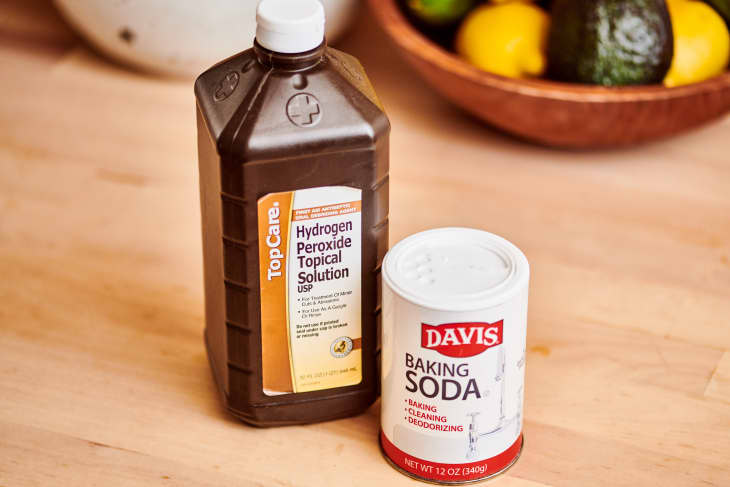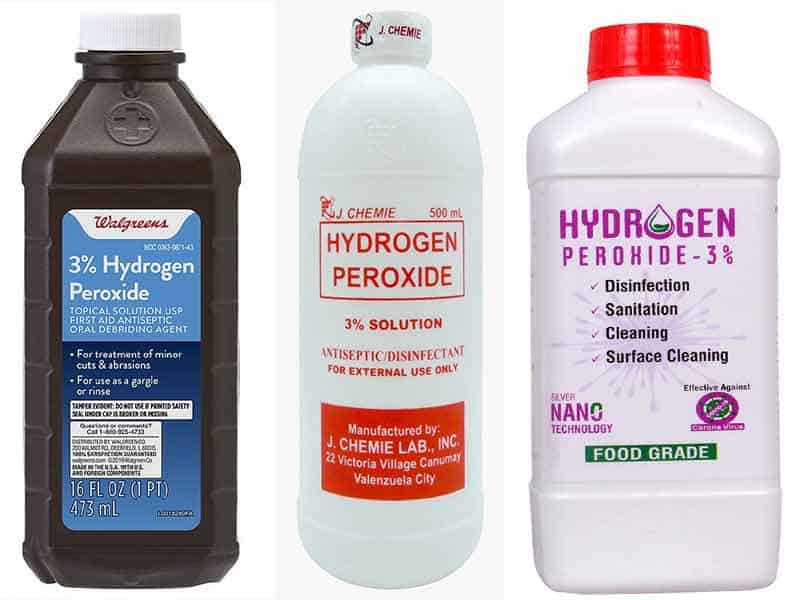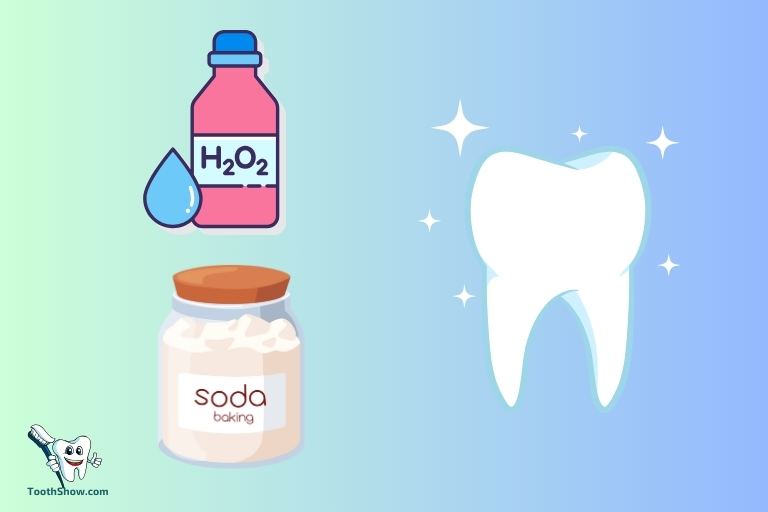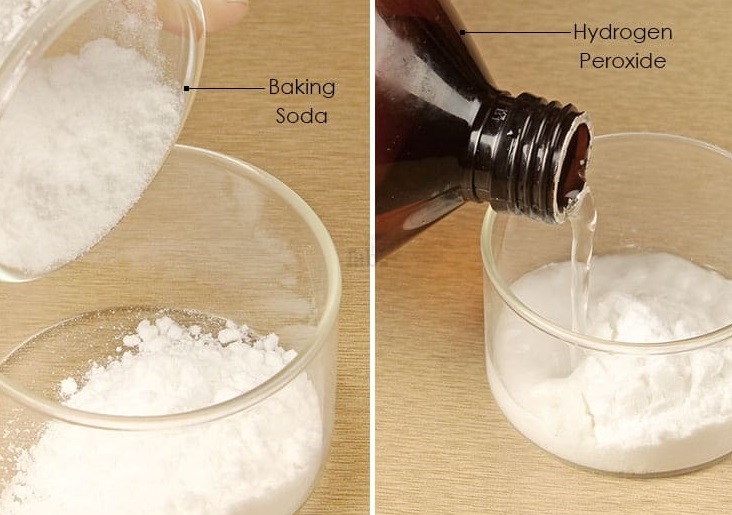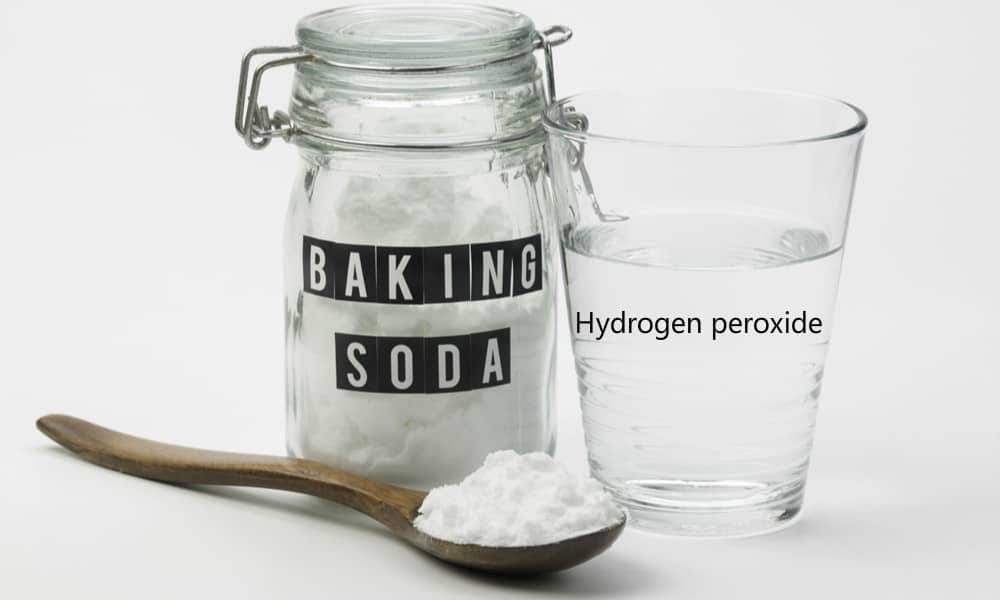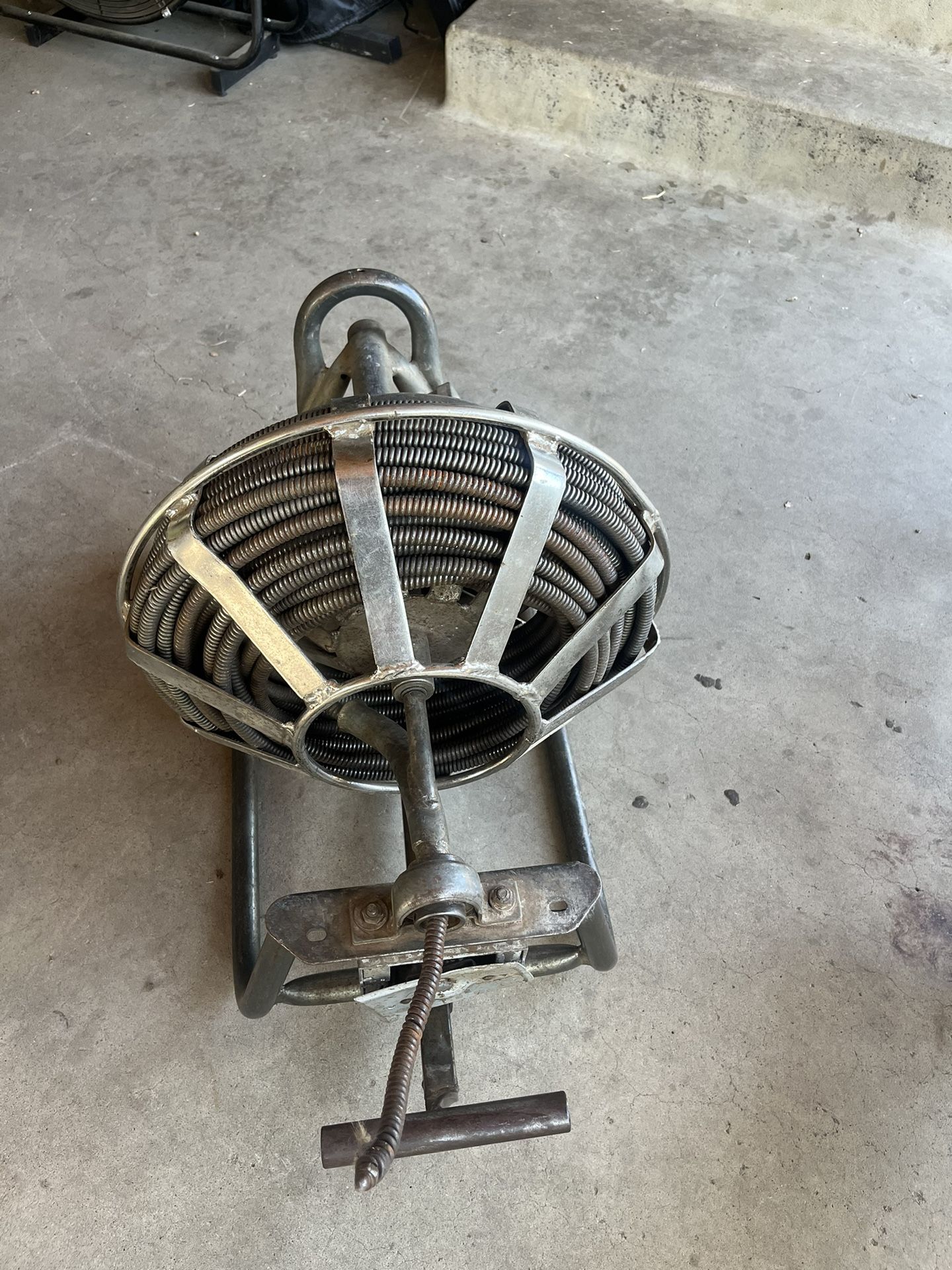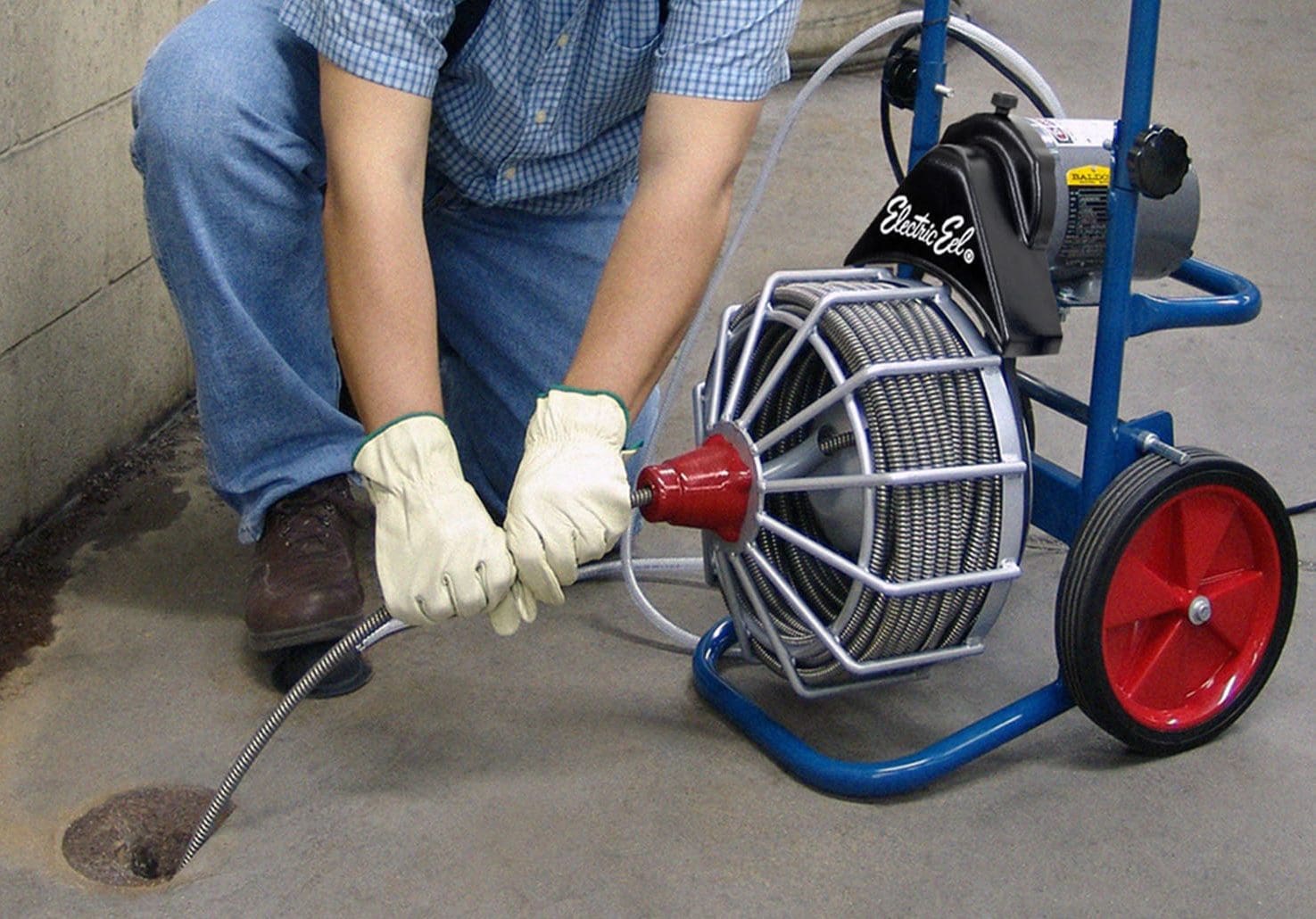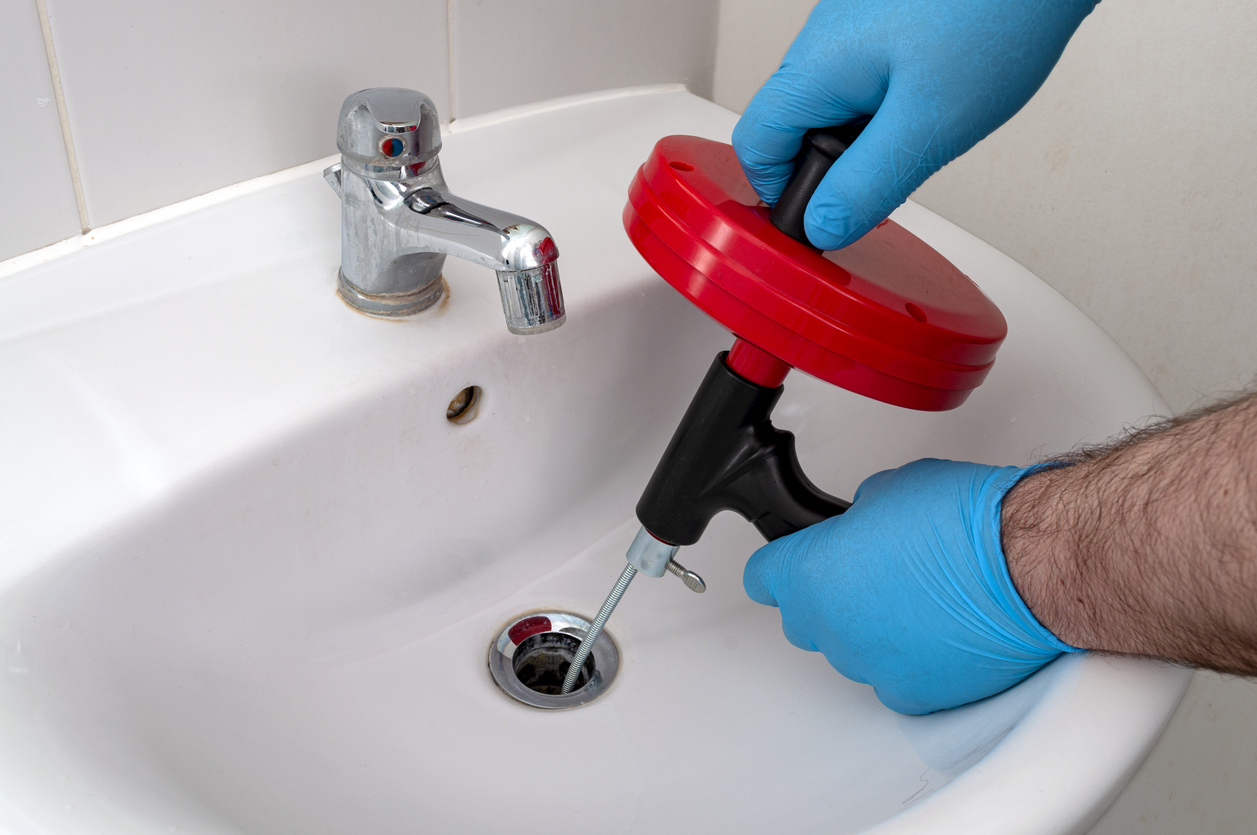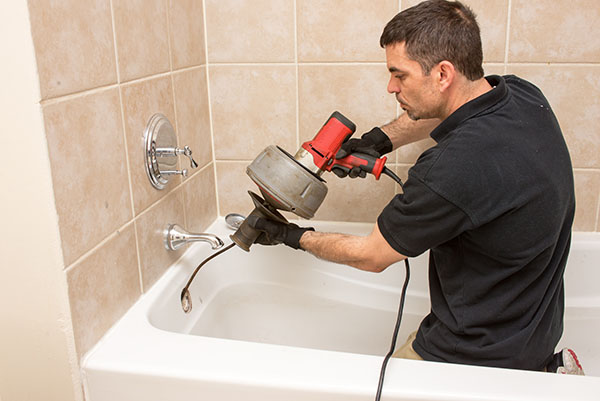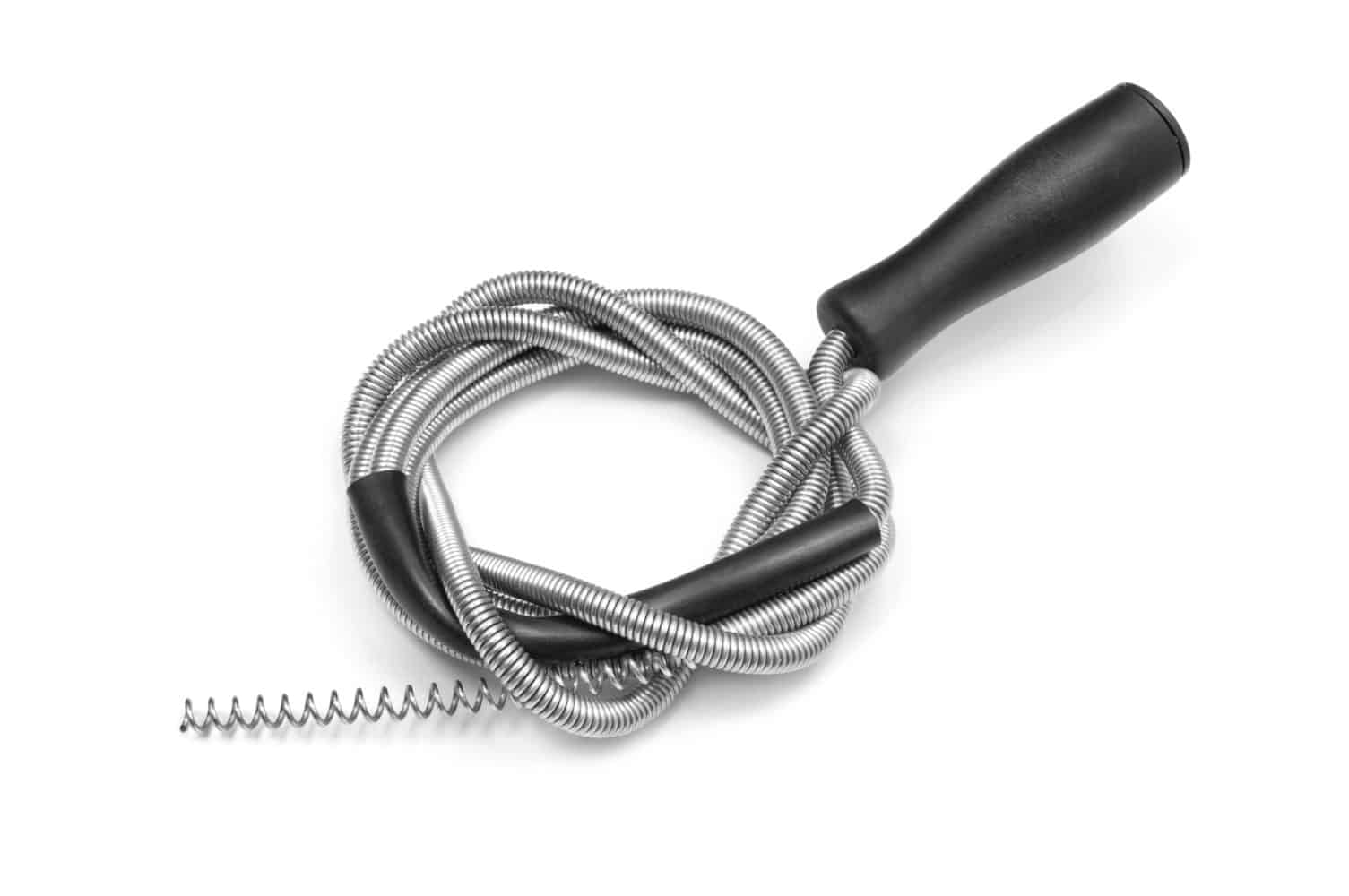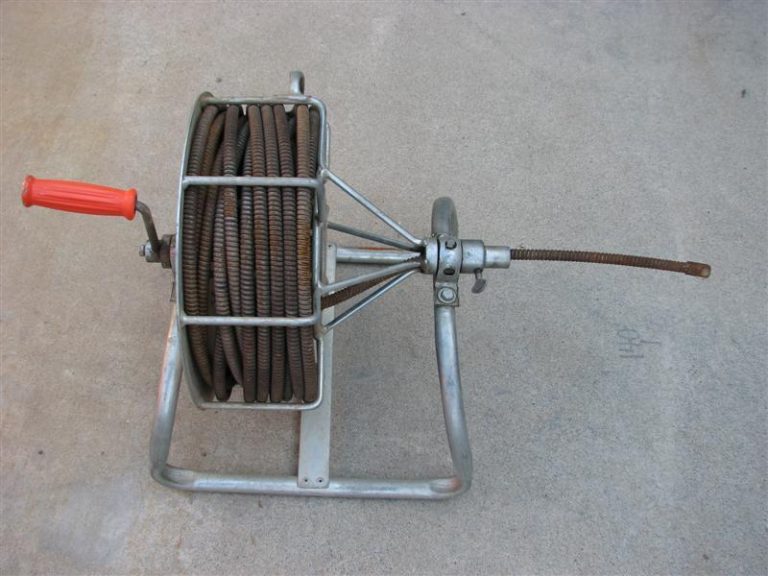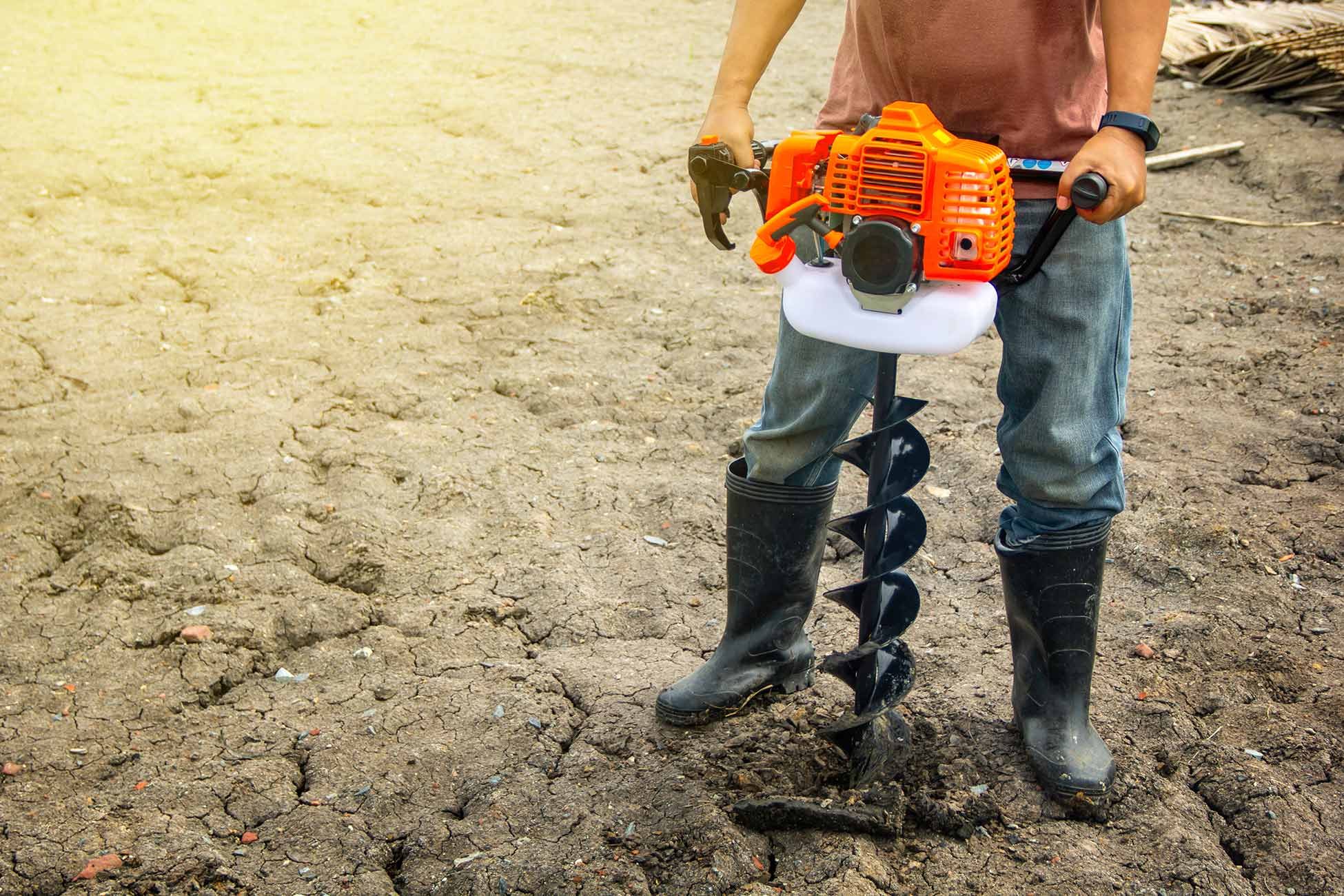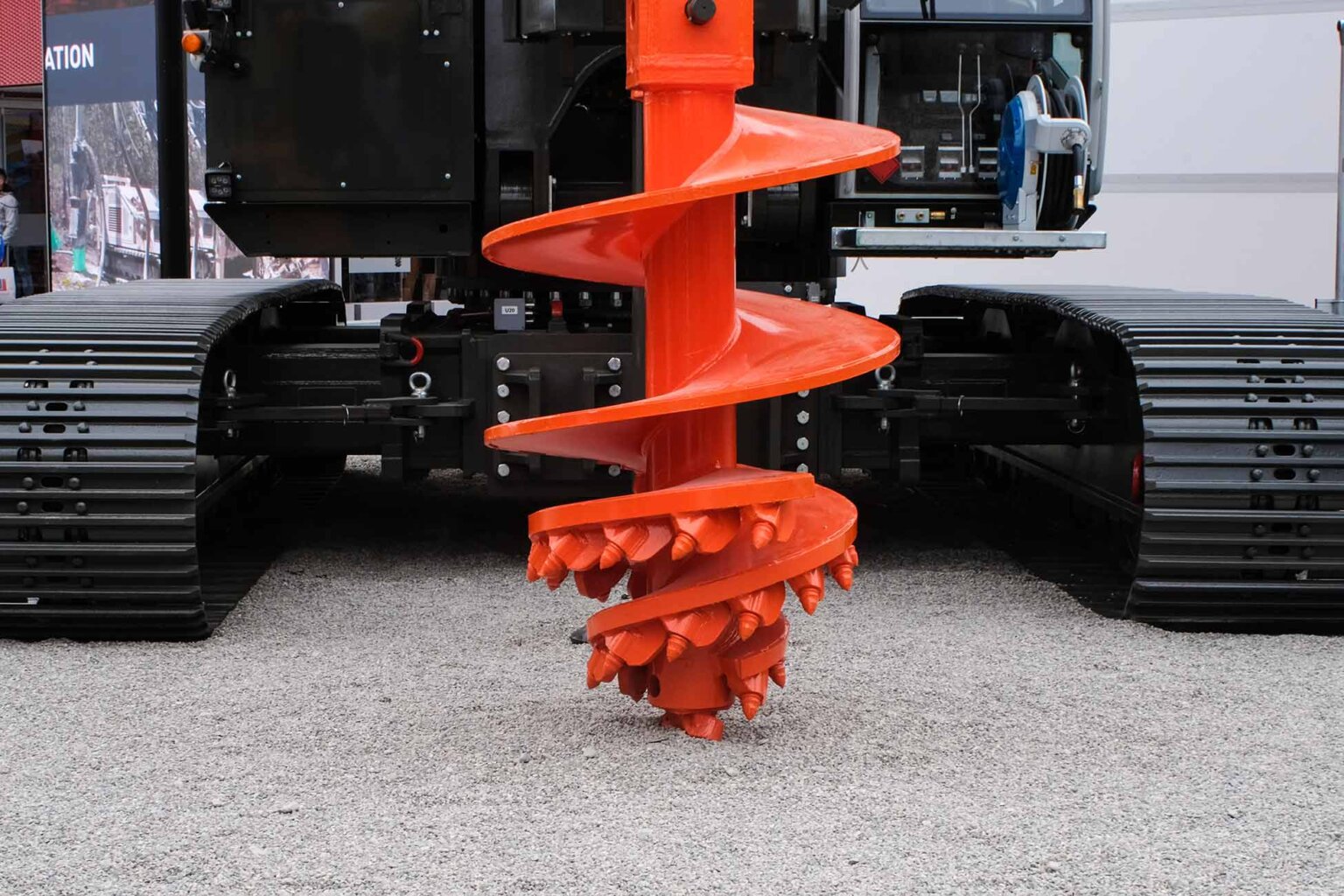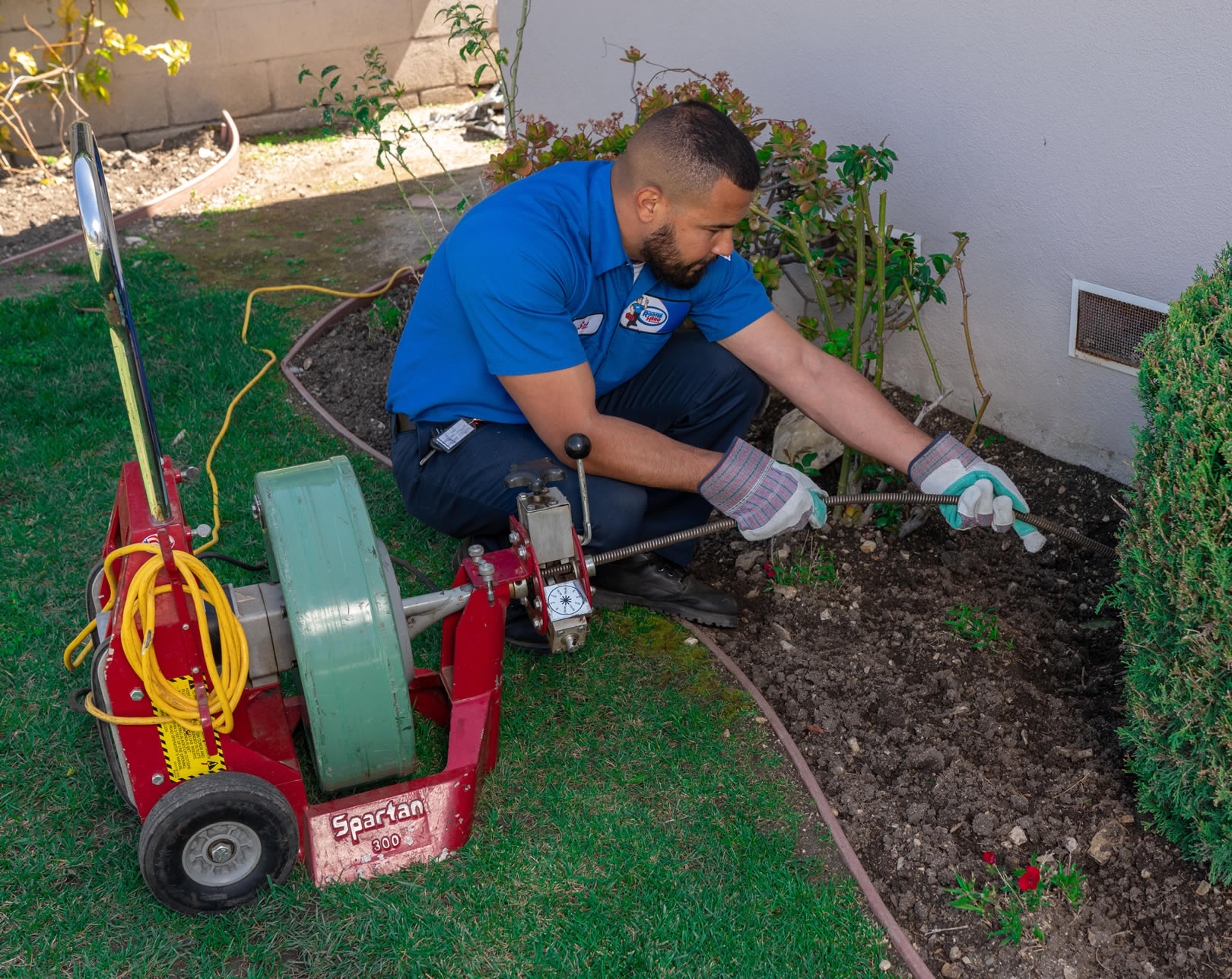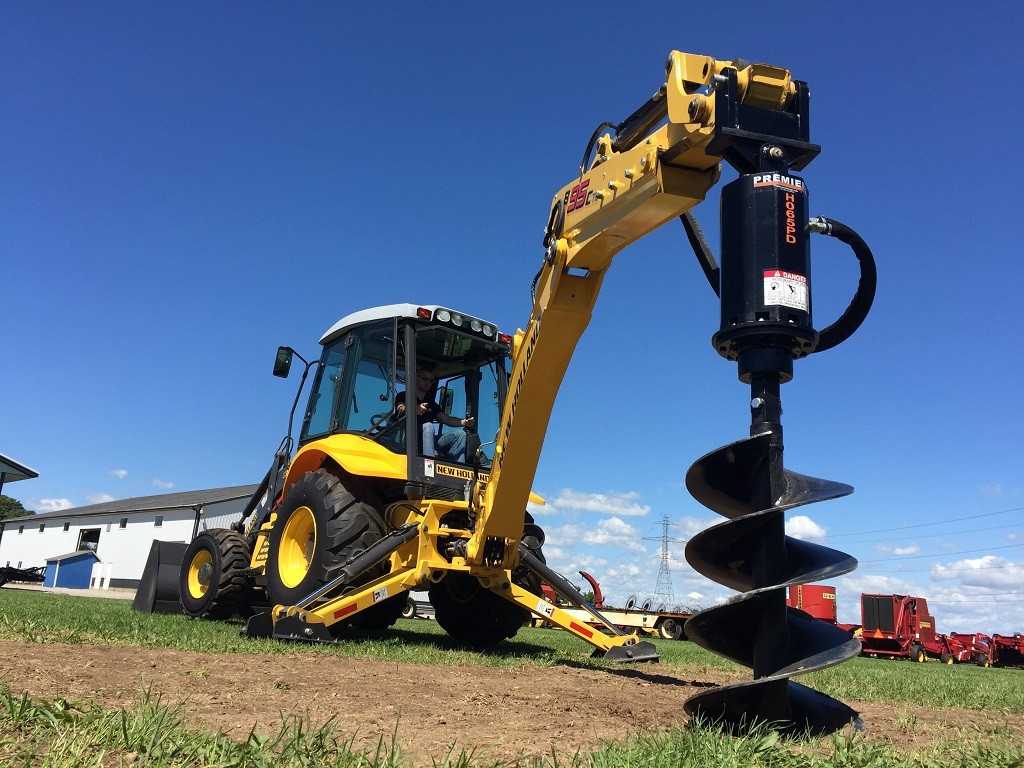Chemical drain cleaners are a popular go-to for many homeowners when faced with a tough drain clog in their kitchen sink. These powerful cleaners are designed to break down and dissolve any organic matter, such as food scraps and grease, that may be causing the clog. They are easy to use and can be found at most hardware stores and supermarkets. However, it's important to note that these cleaners can be harsh and should be used carefully to avoid damaging your pipes.1. Chemical Drain Cleaners: A Quick and Easy Solution
If you're looking for a more traditional approach to unclogging your kitchen sink, a plunger may be your best bet. This simple tool uses suction to dislodge any blockages in your drain. To use a plunger, cover the drain with the rubber end and push down firmly, then pull up quickly to create suction. Repeat this motion a few times until the clog is cleared. Plungers are effective for minor clogs and are a staple in most households.2. Plunger: Tried and True Method
For more stubborn clogs, a drain snake may be necessary. This tool features a long, flexible wire that can be inserted into the drain to break up and remove the clog. Drain snakes come in various lengths and can be used for both small and large drains. They are also a great tool for reaching clogs that are deeper in the pipes.3. Drain Snake: A Versatile Option
If you prefer a more natural approach, using a combination of baking soda and vinegar can be an effective solution. Simply pour a cup of baking soda down the drain, followed by a cup of vinegar. The mixture will create a chemical reaction that can help break down the clog. Let it sit for about 30 minutes before flushing the drain with hot water. This method is safe for your pipes and the environment.4. Baking Soda and Vinegar: Natural and Safe Option
If you have a minor clog, sometimes all it takes is a pot of boiling water to clear it. Boil a large pot of water and carefully pour it down the drain. The hot water can help melt away any grease or debris that may be causing the clog. This method is quick, easy, and inexpensive.5. Boiling Water: Simple but Effective
If you have a wet/dry vacuum on hand, it can be a useful tool for unclogging your kitchen sink. Simply attach the vacuum hose to the drain and turn it on. The suction from the vacuum can help remove any debris or blockages. Just be sure to cover the overflow opening with a cloth to ensure maximum suction.6. Wet/Dry Vacuum: A Powerful Tool
Enzyme-based cleaners use natural enzymes to break down clogs and are a safe and eco-friendly option for unclogging your kitchen sink. These cleaners work by feeding on the organic matter in your pipes, breaking it down and clearing the clog. They may take longer to work than chemical cleaners, but they are a great alternative for those looking for a natural solution.7. Enzyme-Based Cleaners: A Safe and Effective Option
Another natural option for unclogging your kitchen sink is using hydrogen peroxide and baking soda. Mix half a cup of each and pour it down the drain. The mixture will create a foaming reaction that can help break up and remove the clog. Let it sit for about 30 minutes before flushing with hot water. This method is safe for both your pipes and the environment.8. Hydrogen Peroxide and Baking Soda: A Powerful Combination
If all else fails, it may be time to call in the big guns – a plumbing snake. These heavy-duty tools are specifically designed for unclogging tougher clogs in your kitchen sink. They feature a long, flexible cable with a sharp tip that can break through and remove stubborn blockages. Plumbing snakes can be rented or purchased at hardware stores, but they may require some skill to use effectively.9. Plumbing Snake: A Heavy-Duty Solution
If you have a serious clog and none of the above methods have worked, it's time to bring out the plumbing auger. This tool is similar to a plumbing snake, but it is more powerful and can reach deeper into your pipes. It is typically used by professional plumbers, but can also be rented for DIY unclogging. Just be sure to use it carefully to avoid damaging your pipes. Dealing with a tough drain clog in your kitchen sink can be frustrating, but with the right tools and methods, you can easily clear the blockage. Whether you prefer a traditional approach or a more natural solution, there are plenty of options available to help you get your sink back to its normal functioning. Just remember to use caution and follow the instructions carefully to avoid any potential damage to your pipes.10. Plumbing Auger: The Ultimate Solution
Why Tough Drain Clogs in the Kitchen Sink Require Immediate Attention
The Frustration of a Clogged Kitchen Sink
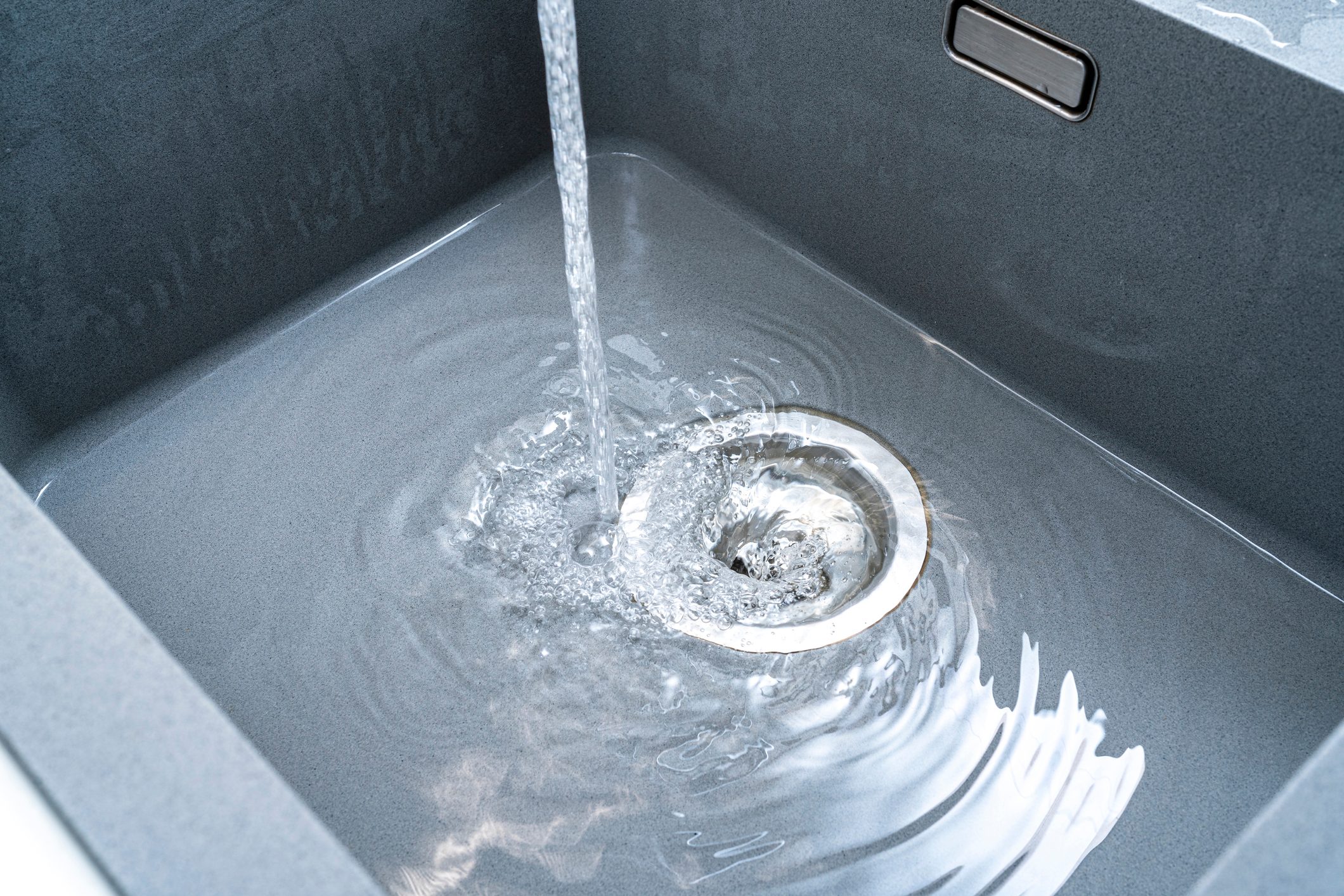 Tough drain clogs in the kitchen sink are a common issue that many homeowners face. They can be a major inconvenience and cause frustration in our daily routines. Not only do they disrupt our daily tasks, but they can also lead to unpleasant odors and potential health hazards. This is why it is important to address the issue promptly and effectively.
Tough drain clogs in the kitchen sink are a common issue that many homeowners face. They can be a major inconvenience and cause frustration in our daily routines. Not only do they disrupt our daily tasks, but they can also lead to unpleasant odors and potential health hazards. This is why it is important to address the issue promptly and effectively.
The Causes of Tough Drain Clogs
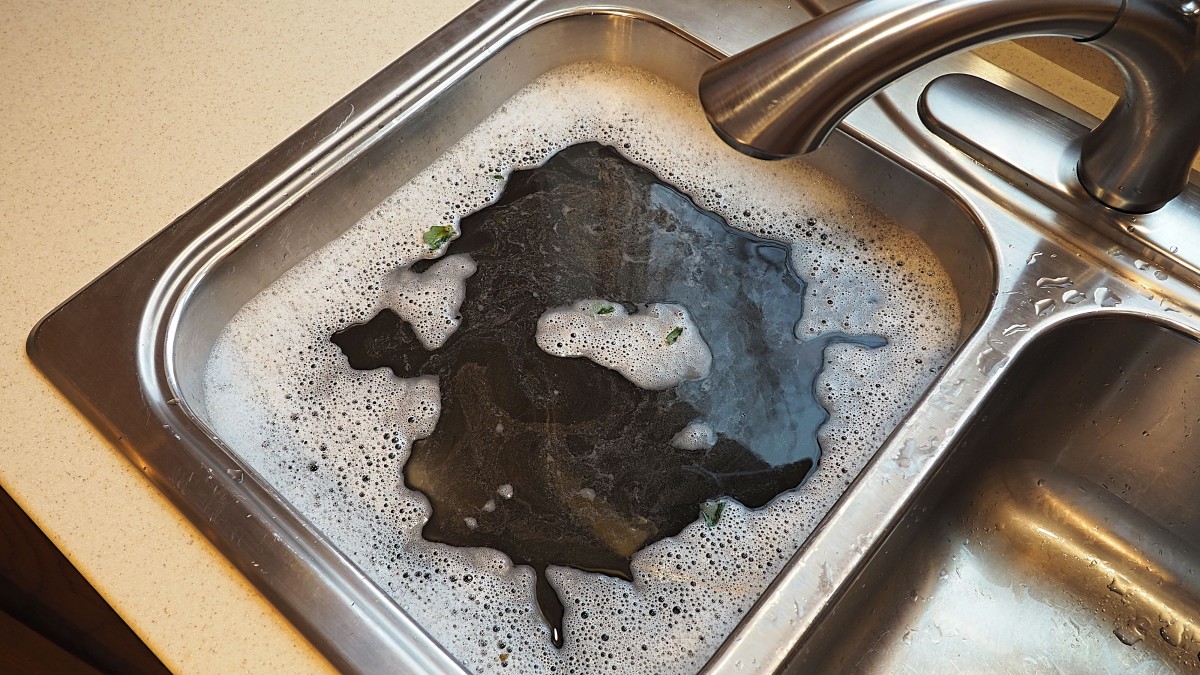 There are several reasons why a kitchen sink drain may become clogged.
One of the main culprits is food particles and grease that get washed down the drain while doing dishes or preparing meals.
Over time, these particles can build up and create a blockage in the pipes. Another common cause is the improper disposal of items such as coffee grounds, eggshells, and produce stickers, which can also contribute to clogs.
There are several reasons why a kitchen sink drain may become clogged.
One of the main culprits is food particles and grease that get washed down the drain while doing dishes or preparing meals.
Over time, these particles can build up and create a blockage in the pipes. Another common cause is the improper disposal of items such as coffee grounds, eggshells, and produce stickers, which can also contribute to clogs.
The Consequences of Ignoring a Clogged Kitchen Sink
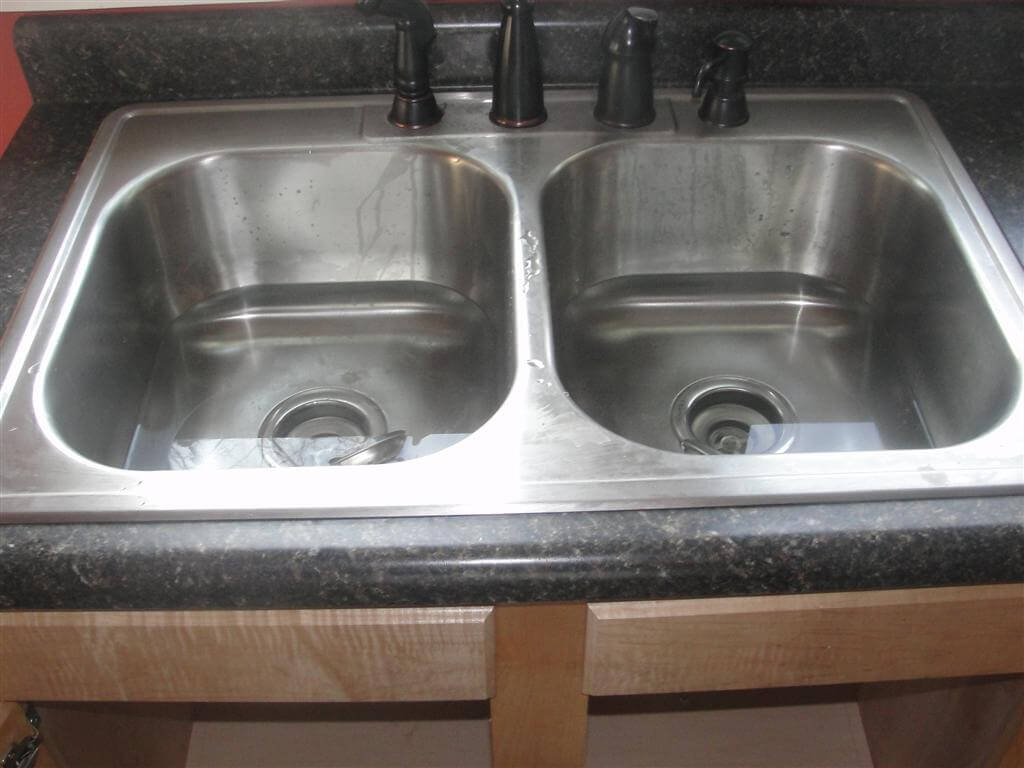 Ignoring a tough drain clog in the kitchen sink can lead to more serious plumbing problems.
If left untreated, the clog can cause the pipes to burst or crack, resulting in costly repairs.
It can also lead to slow drainage, which can cause standing water and increase the risk of bacteria and mold growth. Furthermore, a clogged kitchen sink can affect the overall functioning of your plumbing system, causing multiple drains to back up and creating a household disaster.
Ignoring a tough drain clog in the kitchen sink can lead to more serious plumbing problems.
If left untreated, the clog can cause the pipes to burst or crack, resulting in costly repairs.
It can also lead to slow drainage, which can cause standing water and increase the risk of bacteria and mold growth. Furthermore, a clogged kitchen sink can affect the overall functioning of your plumbing system, causing multiple drains to back up and creating a household disaster.
The Importance of Professional Help
 While there are many DIY methods for unclogging a kitchen sink, it is best to seek professional help for tough drain clogs.
A professional plumber has the necessary tools and expertise to effectively remove the clog without causing damage to your pipes. They can also inspect the pipes for any potential issues and provide advice on how to prevent future clogs.
While there are many DIY methods for unclogging a kitchen sink, it is best to seek professional help for tough drain clogs.
A professional plumber has the necessary tools and expertise to effectively remove the clog without causing damage to your pipes. They can also inspect the pipes for any potential issues and provide advice on how to prevent future clogs.
Preventing Future Clogs
 The best way to deal with tough drain clogs in the kitchen sink is to prevent them from happening in the first place.
This can be done by being mindful of what goes down the drain and implementing good habits such as using a drain strainer and regularly cleaning the pipes with natural solutions like vinegar and baking soda.
In conclusion, a tough drain clog in the kitchen sink may seem like a minor inconvenience, but it can quickly escalate into a major problem if left untreated.
By promptly addressing the issue and seeking professional help, you can avoid costly repairs and keep your plumbing system functioning smoothly.
Remember to also take preventive measures to prevent future clogs and maintain a clean and healthy kitchen environment.
The best way to deal with tough drain clogs in the kitchen sink is to prevent them from happening in the first place.
This can be done by being mindful of what goes down the drain and implementing good habits such as using a drain strainer and regularly cleaning the pipes with natural solutions like vinegar and baking soda.
In conclusion, a tough drain clog in the kitchen sink may seem like a minor inconvenience, but it can quickly escalate into a major problem if left untreated.
By promptly addressing the issue and seeking professional help, you can avoid costly repairs and keep your plumbing system functioning smoothly.
Remember to also take preventive measures to prevent future clogs and maintain a clean and healthy kitchen environment.










